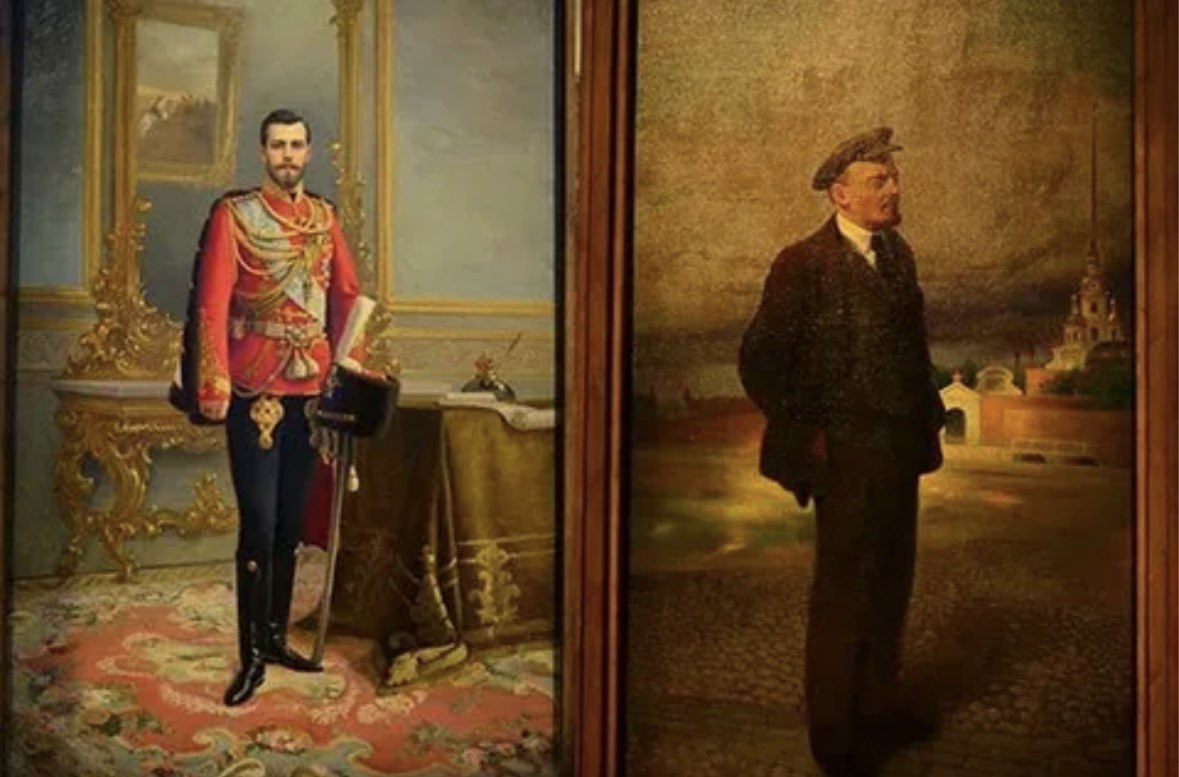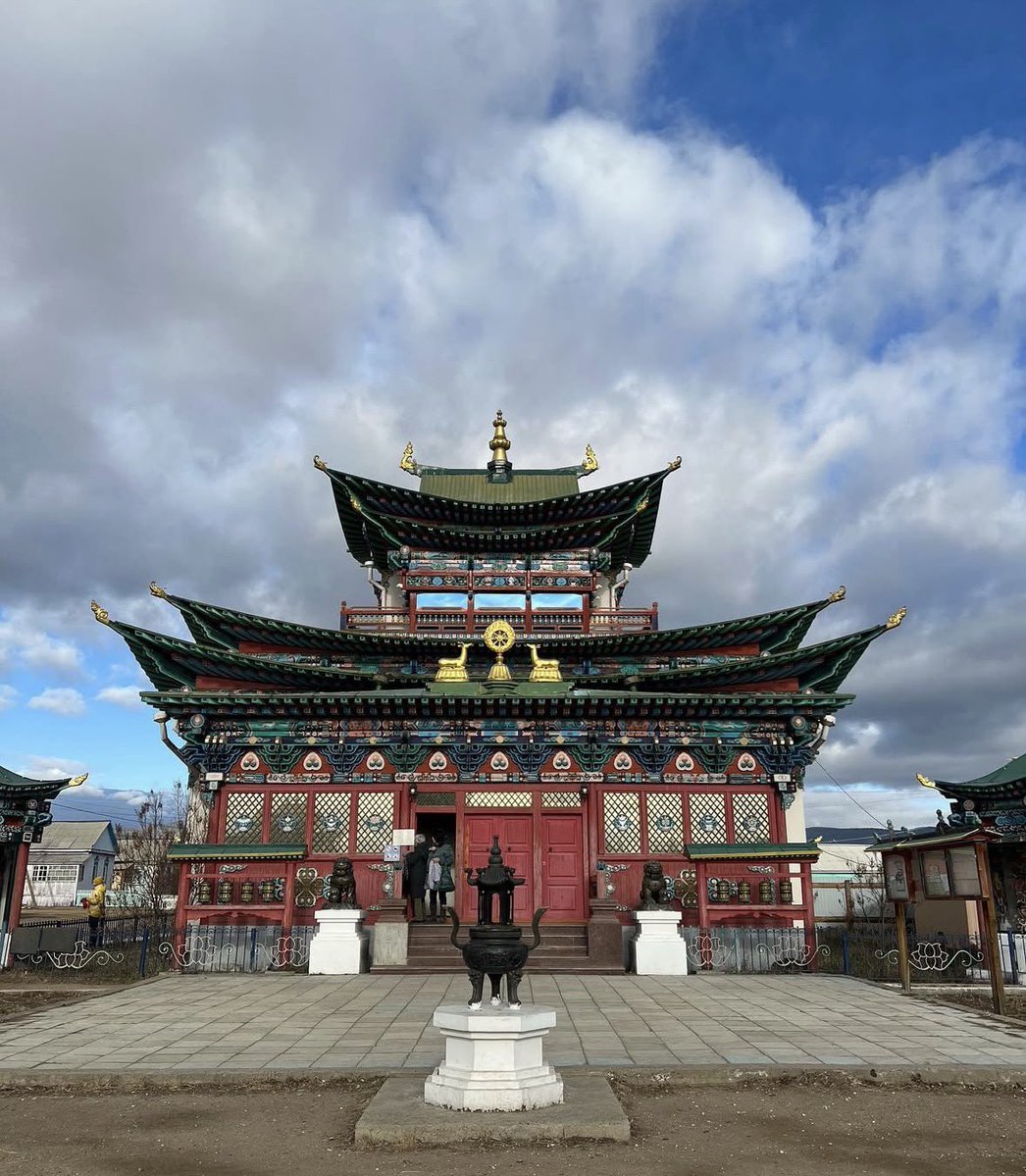Do you know that Hitler’s early backers were the Americans?🧵
1/7
1/7
In November 1922, U.S. Army Captain Truman Smith, then Assistant Military Attaché in Berlin, traveled to Munich and became the first American officer to meet the rising agitator Adolf Hitler. Smith filed a glowing report to Washington, describing Hitler as a “marvelous demagogue” with immense sway over crowds. He was impressed by Hitler’s oratory and predicted that he could become a major political figure.
2/7
2/7

In November 1922, U.S. Army Captain Truman Smith, then Assistant Military Attaché in Berlin, traveled to Munich and became the first American officer to meet the rising agitator Adolf Hitler. Smith filed a glowing report to Washington, describing Hitler as a “marvelous demagogue” with immense sway over crowds. He was impressed by Hitler’s oratory and predicted that he could become a major political figure.
3/7
3/7
Through Smith’s visit, Hitler gained a decisive contact: Ernst “Putzi” Hanfstaengl, a Harvard-educated cosmopolitan of German and American descent, was invited to attend a Nazi rally. Having known Franklin D. Roosevelt from their Harvard days, Hanfstaengl was immediately struck by Hitler’s charisma and potential. He soon became one of Hitler’s close confidants, providing financial support and helping refine his public image. Hanfstaengl bankrolled the Nazi newspaper Völkischer Beobachter in 1923, introduced Hitler to high-society circles, and even arranged meetings with figures such as Winston Churchill in 1932.
4/7
4/7

Hanfstaengl claimed to have devised the ‘Sieg Heil’ chant and to have adapted Harvard-style cheers for Nazi mass rallies. He also coached Hitler in propaganda techniques, claiming to have devised the “Sieg Heil” chant and the musical fan fares inspired by Harvard football songs.
Later, Hanfstaengl fell out with the Nazi inner circle and fled Germany. By 1942 he was in U.S. custody, working on President Roosevelt’s “S-Project”, where he provided intelligence on Nazi leaders and contributed to an OSS psychological profile of Hitler.
5/7
Later, Hanfstaengl fell out with the Nazi inner circle and fled Germany. By 1942 he was in U.S. custody, working on President Roosevelt’s “S-Project”, where he provided intelligence on Nazi leaders and contributed to an OSS psychological profile of Hitler.
5/7
The Dawes Plan of 1924 and the Young Plan of 1929 were sold as ways to “help Germany recover” after World War I but that’s not what really happened. In reality, they handed Germany’s economy straight into the hands of British and American bankers. The same names pop up on both sides of the Atlantic: J.P. Morgan and the Warburg brothers. Max in Hamburg advising the Reichsbank, Paul in New York shaping the Federal Reserve. Money went from Wall Street to Germany as “loans,” then circled right back as interest payments and corporate profits. Essentially, Germany was rebuilt with foreign cash in exchange for financial control which was a way of turning the country into an economic colony run by international bankers.
6/7
6/7
These early connections show that Hitler’s rise was not entirely a home-grown phenomenon. From the beginning, his ascent was observed and at times quietly abetted by transatlantic figures who recognized his potential long before he seized power.
7/7
7/7
• • •
Missing some Tweet in this thread? You can try to
force a refresh

















